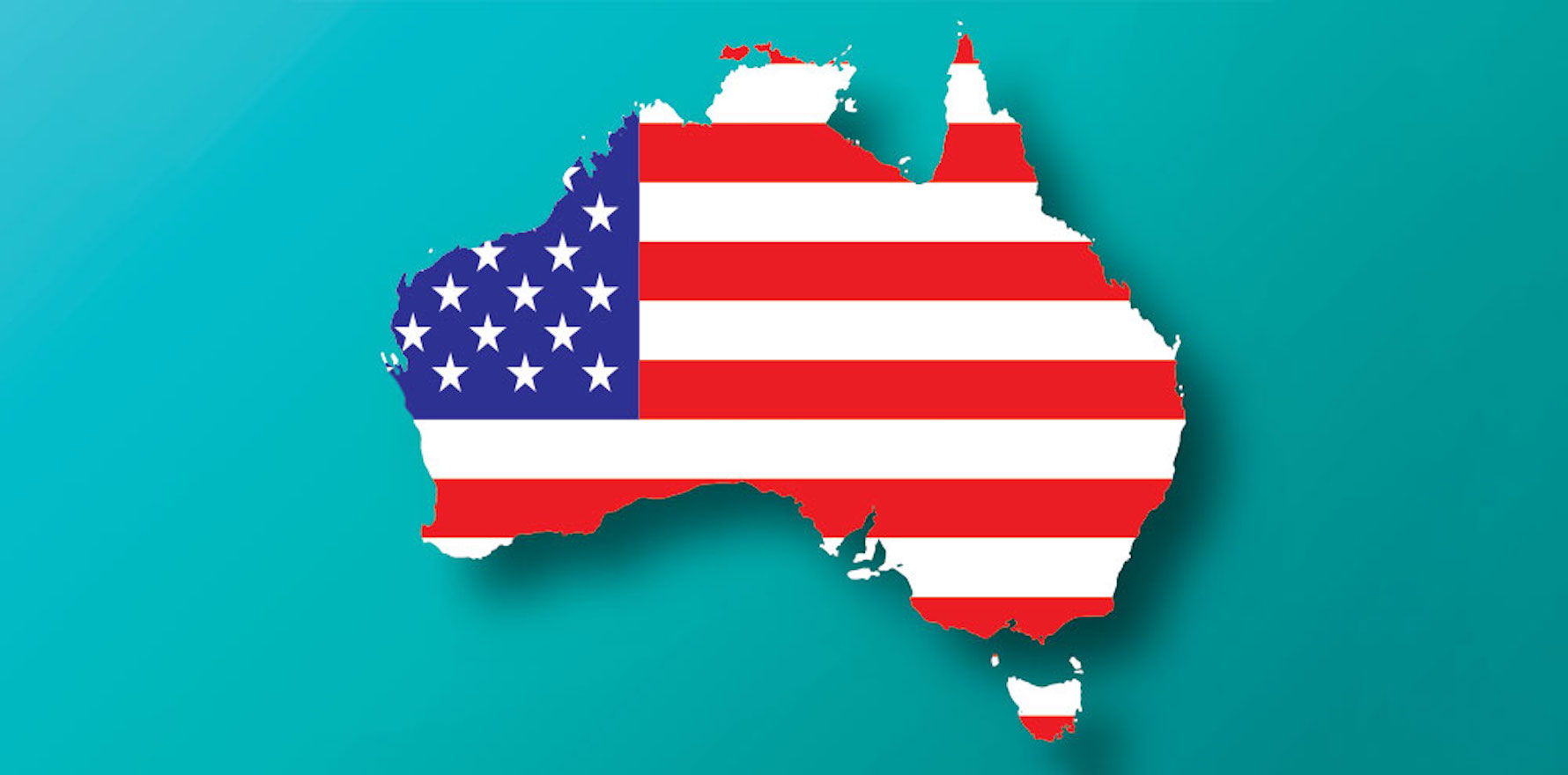GPs are still the ‘first port of call’ for non-emergency situations but cost increases are stopping patients from seeking care and taking medications.
Australians are increasingly putting off visits to the GP and dentist, skipping their medications and delaying surgery, all because of increasing costs, says the latest iteration of the Australian Healthcare Index released today.
A total of 9391 participants took an online survey, providing information about and personal viewpoints on experiences with the public and private healthcare ecosystem, including primary care, private health insurance, emergency departments and elective surgery. They also provided input on timely healthcare topics: the impact of cost-of-living pressures on health, hospital admissions, living with health conditions, Medicare, mental health and wellness, prescription medicine, telehealth and vaccinations.
Six key findings were identified:
- 75% of respondents said cost-of-living increases had impacted their healthcare decisions;
- 60% of them are delaying GP/doctor visits;
- 53% of them are delaying dental treatment;
- 32% of them are postponing a diagnostic test or scan;
- 28% of them are skipping buying needed medicine, sometimes for up to four weeks, with low and middle-income earners particularly impacted; and
- 26% of them are delaying mental health support.
The top three concerns for participants were increasing out-of-pocket costs to see a GP or other doctor (45%), emergency department wait times (40%), private health insurance costs (40%).
For a second straight survey, nearly half of people who went to the ED said that they believed their care could have been provided by a GP or urgent care clinic instead.
Half of all respondents said they had a health condition, with diabetes and mental illness among the most common – low-income earners are most likely to have a health condition.
The AHI survey is undertaken by primary healthcare marketplace and technology provider, Healthengine and the Australian Patients Association.
“Recent editions of the Australian Health Index have helped bring the issue of cost into focus – but the results of our latest survey are the starkest yet,” said APA CEO David Clarke.
“To have people delaying and skipping important appointments and treatments because of costs creates downstream problems with higher risks that people’s health gets even worse.
“Only 50% of survey participants reported that they were fully bulk billed on their most recent visit to the GP. This isn’t enough given the cost pressures people are living with.”
On a scale of 1-10 respondents said they rated their personal satisfaction with healthcare in Australia at 7.0/10, the same as in June 2023, but down on every other AHI survey. The satisfaction level has steadily dropped from a high of 7.8/10 in March 2021.
NSW participants rated their satisfaction at 7.1/10, with Victoria and WA (7.0), Queensland (6.9), South Australia (6.8), NT (6.6), ACT (6.3) and Tasmania (6.2).
Metropolitan respondents rated their satisfaction at 7.0/10, while regional satisfaction was down at 6.6/10.
Participants’ most frequent reason for satisfaction was “good quality of care” (41%), followed by “better than other countries” (39%), “good personal experiences” (37%), “availability of bulk billing” (32%), and “easy to book appointments” (31%).
The most frequent reason for dissatisfaction was “bulk billing not offered” (42%), “too expensive” (41%), “Medicare doesn’t cover a wide enough range of care or GP clinics” (35%), “long wait times” (32%), “healthcare isn’t adequately funded” (28%).
Despite concerns about out-of-pocket costs, the percentage of people identifying their GP as the first port of call for non-emergency situations rose to 55% in this survey (still below the 58% of November 2022).
At an unchanged 20%, Google remains a popular online resource while pharmacists and healthcare websites both drew 7% of responses, a slight decline from the last survey. Friends and family members were at 7%, with the emergency department at 2%.
While 87% of respondents still have a regular GP, 49% are going less often, 16% have changed GP or clinic to find more affordability, and just 13% said they had not experienced an increase in costs.
Almost a third of respondents – 31% — said they had visited an emergency department in the past six months, although only 41% needed to be admitted.
Ninety percent went to a public hospital ED, with 56% satisfied with the care received and 32% dissatisfied.
Of the 10% who went to a private ED, 72% said they were satisfied with the care and 21% were dissatisfied.
Half of respondents said they went to the ED because it was after hours and their GP clinic was closed, while 37% said they thought they needed emergency care.
A total of 29% said the wait time for a GP appointment was “too long”.
Concern about the costs of private health insurance costs has increased by 5% in each of the past two surveys. The percentage of people surveyed who had PHI reached its highest point for any Australian Healthcare Index report, but the Net Promoter Score – a customer satisfaction benchmark, measuring customer engagement and advocacy – for PHI was negative for a fourth straight survey.
There has been little improvement in wait times for elective surgery since the last AHI was published in June 2023.
The overall percentage of people waiting 31-90 days increased to 22% (up two percentage points) and the percentage waiting 91-180 days also rose to 18% (up two). Only 8% of respondents waiting were classified as Category 1 (treatment recommended within 30 days), with 32% in Category 2 (90 days) and 38% in Category 3 (365 days).
Related
The strain on hospital services was evidenced by the fact that respondents requiring Category 1 surgery, 53% had been waiting for 31 days or more. The corresponding figure from 2023 was only 42%.
Of these Category 1 respondents, 15% had been waiting for more than a year.
Among Category 2 patients, 54% had been waiting beyond the recommended time, including 22% waiting more than a year.
In Category 3, 34% were waiting beyond the recommended 365 days.
The full AHI report can be read here.




